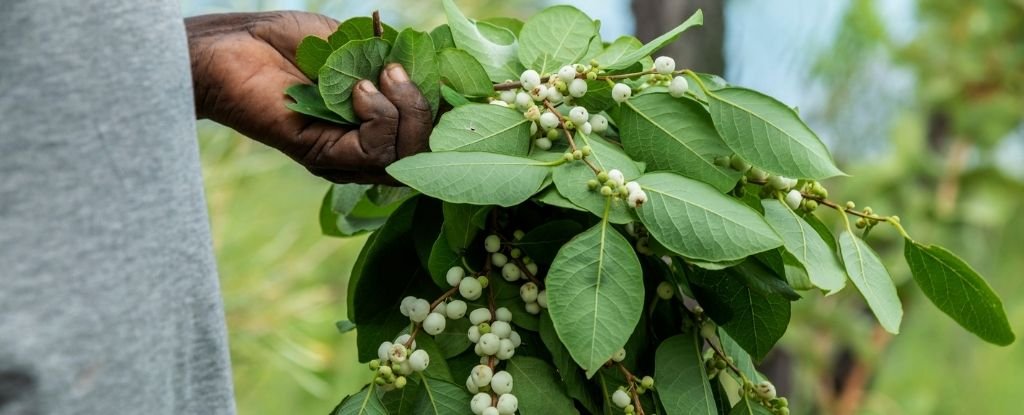Products You May Like
As human languages are driven to extinction around the world, a verbal encyclopedia of medical knowledge is on the brink of being forgotten.
Among 12,495 medicinal uses for plants in indigenous communities, new research has found over 75 percent of those plants are each tied to just one local language. If these unique words trickle out of use, so too may the knowledge they contain.
“Each indigenous language is therefore a unique reservoir of medicinal knowledge,” researchers write, “a Rosetta stone for unraveling and conserving nature’s contributions to people.”
Language extinction is a tragic phenomenon that’s been occurring worldwide, as languages spoken by precious few people are replaced by larger ones. Roughly one language ceases to be spoken every four months, and 3,054 languages are currently endangered around the world.
New research on indigenous languages in North America, Papua New Guinea, and the northwest Amazon reveals just how much crucial information could be lost as this occurs.
In fact, our collective knowledge of medicinal plants appears more threatened by the loss of indigenous voices than it is from environmental destruction.
Of all 3,597 medicinal plant species analyzed in the study, researchers found less than 5 percent are on the Red List of Threatened Species compiled by the International Union for Conservation of Nature (IUCN).
Some of these plants have not undergone a proper conservation assessment, so further research is needed to figure out how they are actually faring. That said, current data and machine learning suggest very few species we are keeping a close eye on are at risk of dying out.
Instead, it is the knowledge surrounding these plants, passed from generation to generation for hundreds if not thousands of years, that is at risk of vanishing. The vast majority of plant species in the study were found to have medical properties described in just one indigenous language, many of which are themselves endangered.
In North America, for instance, the authors found waning indigenous languages held 86 percent of all unique knowledge on plant medicine. In the northwest Amazon, on the other hand, 100 percent of medicinal plant knowledge is restricted to languages on the edge of extinction.
“This result highlights that the Americas are an indigenous knowledge hotspot (i.e., most medicinal knowledge is linked to threatened languages) and, thus, a key priority area for future documentation efforts,” the authors write.
“By contrast, threatened languages account for 31 percent of all unique knowledge in New Guinea.”
Still, that could be an underestimation. New Guinea’s languages are harder to assess as there aren’t as many linguistic surveys in this region of the world. Today, research indicates young people in New Guinea are 33 percent less likely to be fluent in their indigenous language compared to their parents, which is a dramatic decline for just one generation.
In light of such losses, the United Nations will be launching an International Decade of Indigenous Languages next year to raise global awareness around unique cultures and their knowledge.
If we don’t make an effort to protect and preserve indigenous languages now, experts warn we stand to lose potentially crucial information on plants, animals, and sustainable land practices.
Currently, about 6 percent of higher plants have had their biology studied, which means it’s unclear whether indigenous medicinal plants stand up to Western scientific scrutiny – but there is precedent that at least some do.
For instance, some medicinal plants in the Yaegl Aboriginal community of Australia have recently been shown to possess antibiotic-like properties, which could be used to supplement our fight against ever-growing antibiotic resistance.
Still, regardless of their effectiveness in clinical medicine, researchers say knowledge of medicinal plants is important culturally and should be saved for heritage reasons.
“Our study suggests that each indigenous language brings unique insights that may be complementary to other societies that seek potentially useful medicinal remedies,” researchers write.
“Therefore, the predicted extinction of up to 30 percent of indigenous languages by the end of the 21st century would substantially compromise humanity’s capacity for medicinal discovery.”
The study was published in PNAS.
